Mea SMAC 90-H Owner's manual
Other Mea Air Compressor manuals
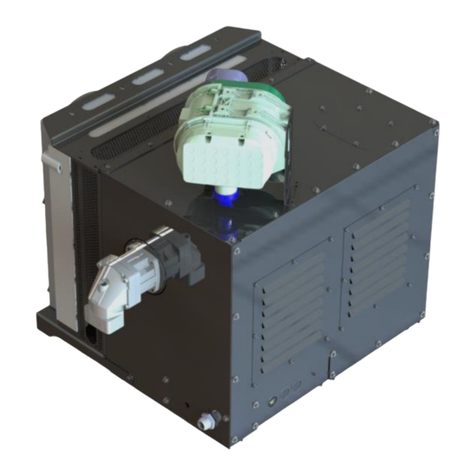
Mea
Mea SMARTPACK 400-H Owner's manual

Mea
Mea SMARTPACK 35 Owner's manual
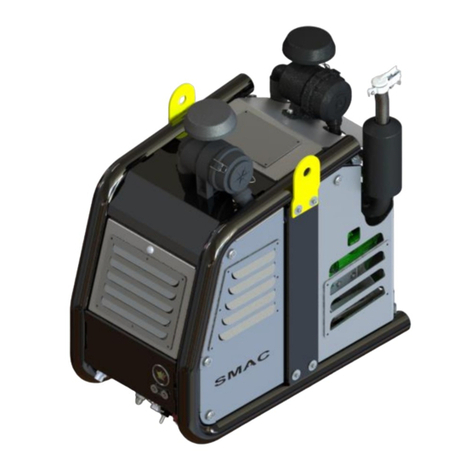
Mea
Mea SMAC 40D-15HP Owner's manual
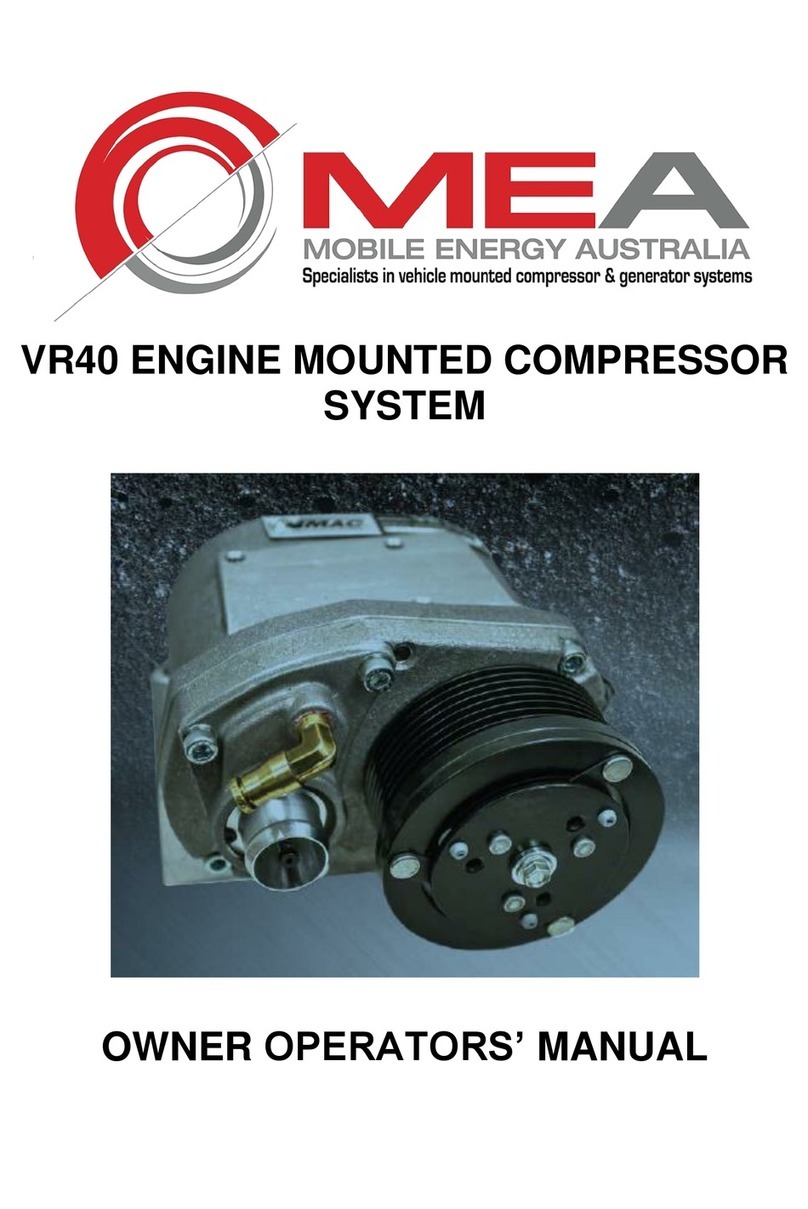
Mea
Mea VR40 Owner's manual
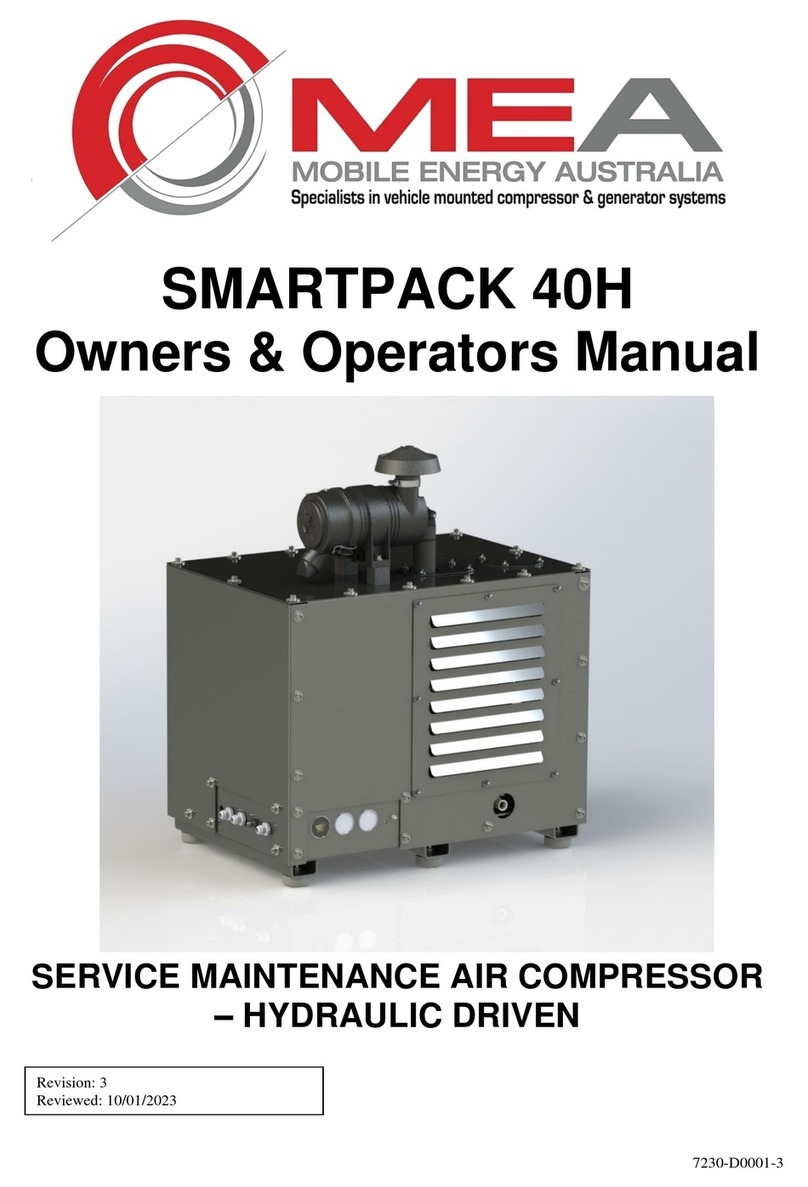
Mea
Mea SMARTPACK 40H Owner's manual
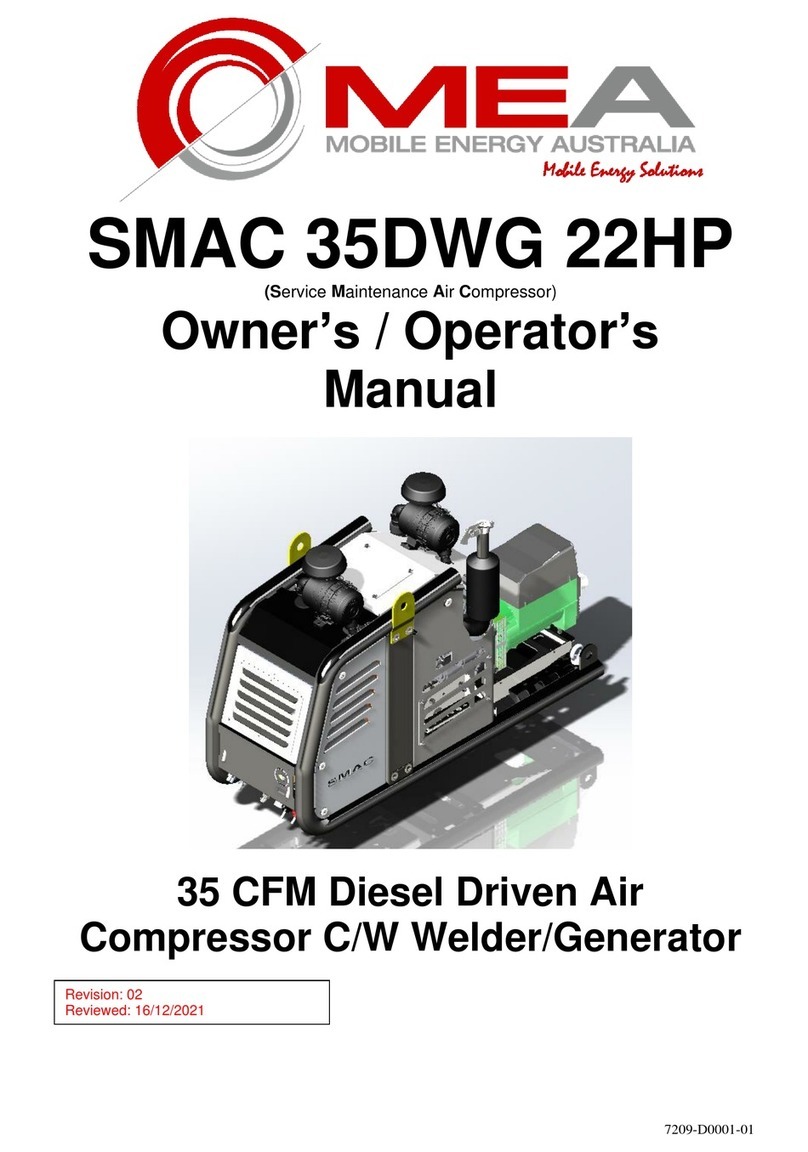
Mea
Mea SMAC 35DWG 22HP Owner's manual
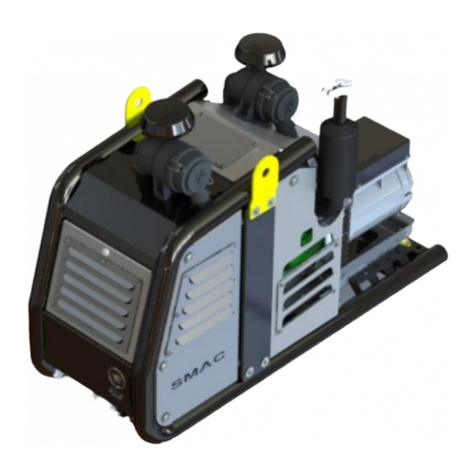
Mea
Mea SMAC 35DG Owner's manual
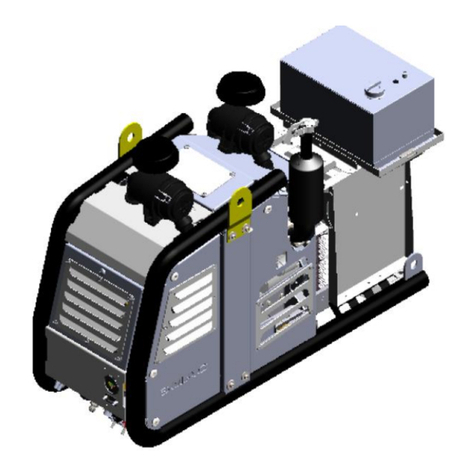
Mea
Mea SMAC 35DG/BFM Owner's manual

Mea
Mea SMAC35D-G 15HP Owner's manual
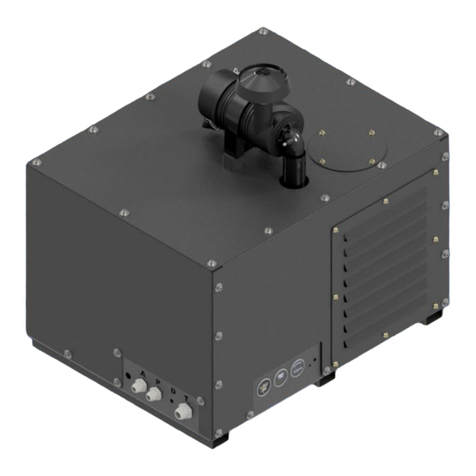
Mea
Mea SMARTPACK 100-H Owner's manual
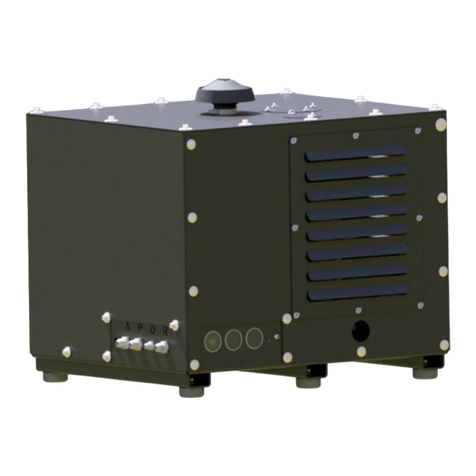
Mea
Mea SMARTPACK 75-H Owner's manual
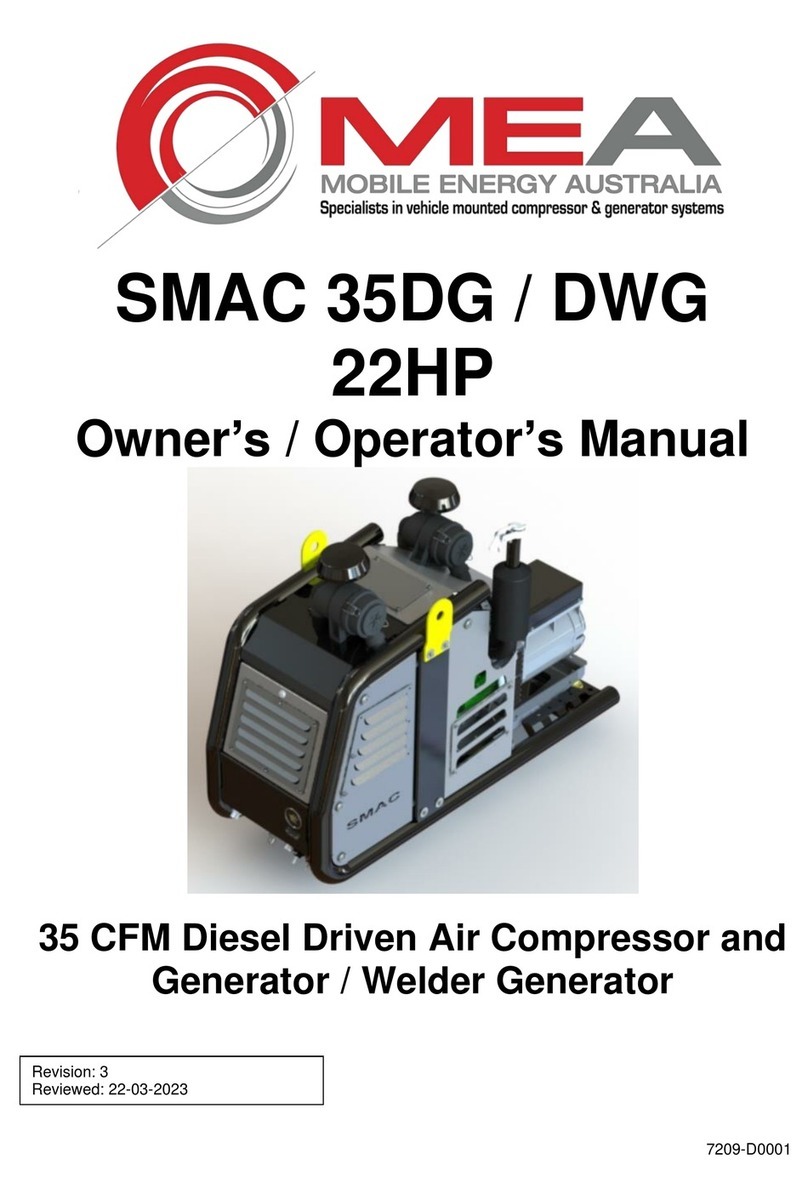
Mea
Mea SMAC 35DG Owner's manual
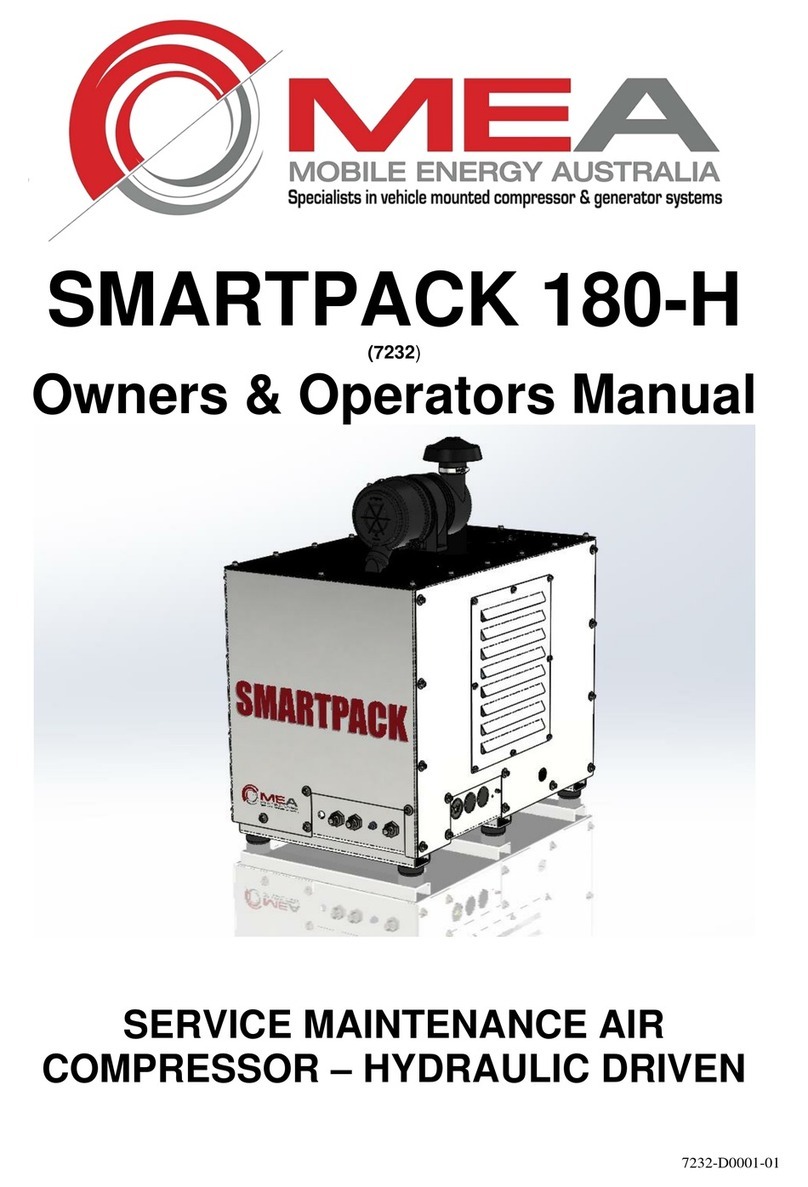
Mea
Mea SMARTPACK 180-H Owner's manual

Mea
Mea SMARTPACK 40H Owner's manual
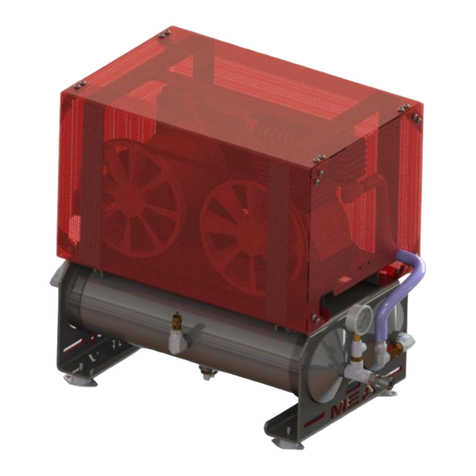
Mea
Mea BATTCOM Owner's manual
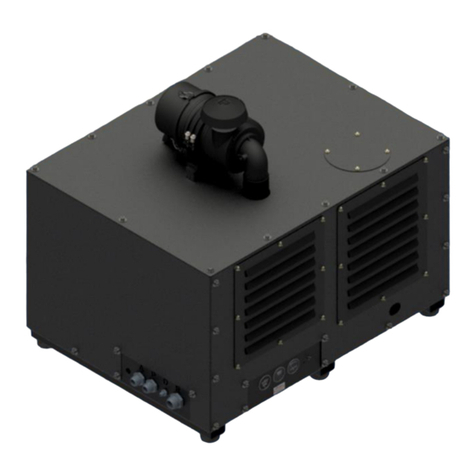
Mea
Mea SMARTPACK 180-H Owner's manual

Mea
Mea SMARTPACK 250-H Owner's manual

Mea
Mea SMARTPACK 70P Owner's manual
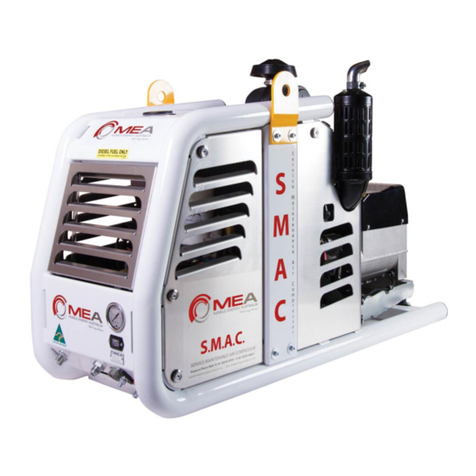
Mea
Mea SMAC 35D-24HP User manual






















